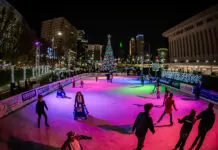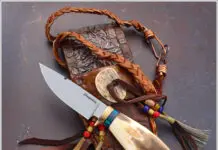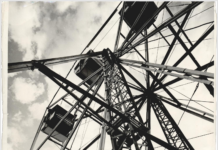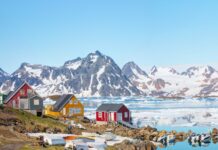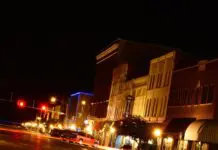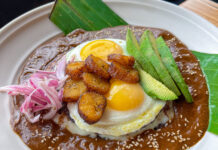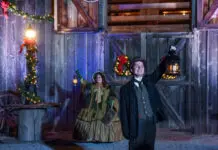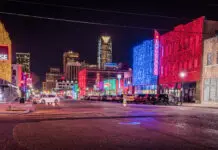It was actually Erik the Red who gave the world’s largest island its name a thousand years ago, when the Norse explorer was trying to get folks back home in Iceland to help him settle this new, inhospitable land. The name Greenland sounded enticing, he reasoned, and in truth some of it was green, just not very much of it.
But Erik’s marketing strategy worked. He convinced hundreds of Icelandic Vikings to set sail across 500 miles of open ocean to an island they knew very little about. Of 25 ships, 14 made it, and the first European settlement in Greenland was born.
The Norse fell on hard times, however, and about the time of Columbus, the settlements died out completely. Resilient, hardy Inuits (descendants of the Thule people) came across from Canada and thrived, giving us, among other things, the sea kayak, snow goggles and ice-block domed houses.
Then, sometime in the 1700s, the Danes made a claim on the island and no one challenged them on it. Now, Greenland is a self-governing territory of Denmark with a population of about 57,000, concentrated mainly along the southwest coast. Ninety percent of Greenland is Inuit, the rest Danish.
In the capital, Nuuk (rhymes with duke), the shoreline is dotted with cafes and brightly-colored houses. Down by the water, the boardwalk offers views framed by 3,970-foot Sermitsiaq mountain. Nuuk is where the culture is: the Katuaq Center for concerts, the Nuuk Art Museum for works by local artists, and the Greenland National Museum for mummies, whale blubber vats and Inuit skinboats.
Calling Greenland a tourism hotspot is a bit of a stretch, but there has definitely been a rise in the number of foreign visitors over the last few years. A new international airport was dedicated in Nuuk in 2024, plus many arrive by cruise ship. But for the true Greenland experience, book a cabin on the overnight ferry from Nuuk north to the seaport of Ilulissat.
Along the way, your ferry will stop at small coastal villages where the natives are especially friendly and welcoming. Yes, the ferry is also their mail ship, so they’re glad to see you, but opportunities exist for immersive adventure travel experiences.

As the ferry navigates the fjords and rocky coastline, you’ll see humpback whales, seals, white-tailed eagles and narwhals, those enchanting spiral-tusked “unicorns of the sea” whales.
Up the coast, Ilulissat is more touristy and smaller than Nuuk but the hiking is outstanding on trails above and along Disko Bay. A ferry runs out to Disko Island, where the sounds of breaching whales and calving glaciers fill the arctic air. It’s a large island with black sand beaches, waterfalls, a handful of shops and restaurants, plus a hotel.
The new Ilulissat Icefjord Center – designed architecturally to resemble the wings of a snowy owl in flight – overlooks the 25-mile Icefjord, scene of frequent calving. From the center, it’s a short boardwalk stroll to the Icefjord and Sermermiut, an abandoned Inuit settlement. Both the Ilulissat Icefjord and Sermermiut are UNESCO World Heritage sites.
While in Greenland, pick up scarves and hats made from the warm underfur wool of muskox. Local jewelry often uses rubies and rare tugtupite, both mined on the island.
Be sure to try the national dish, suaasat (SOO-ah-saht), a thick savory soup made with seal or reindeer. The seafood is fresh and plentiful, and you’ll find muskox on the menu in the form of steaks, roasts and burgers.
In Nuuk, stay at the Hotel Nordbo, with an on-site restaurant in the thick of the city, close to museums, street art and the beautiful Malik indoor swimming center, a large complex of heated pools, saunas and solarium.
In Ilulissat, check into Ilulissat Stay-Seawatch Retreat on the coast featuring its own private beach and incomparable views of the Northern Lights.


